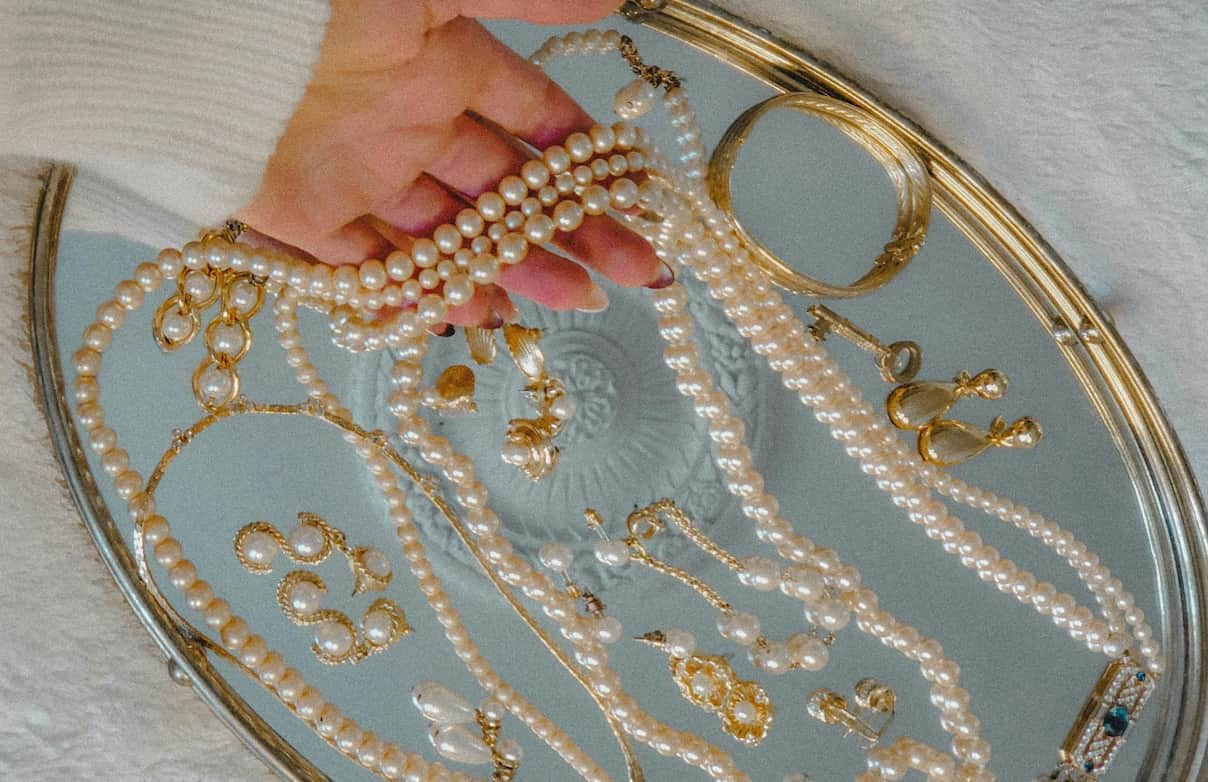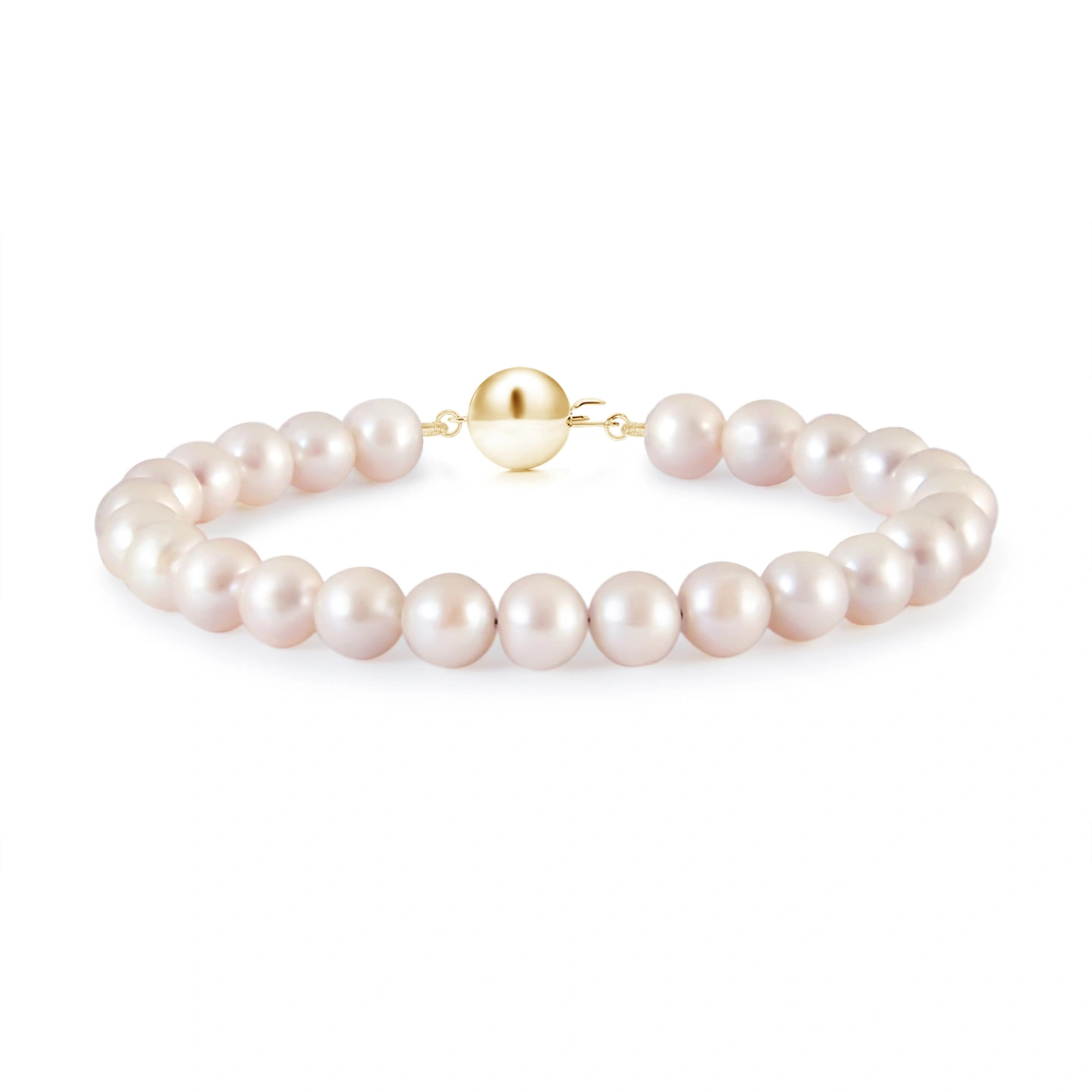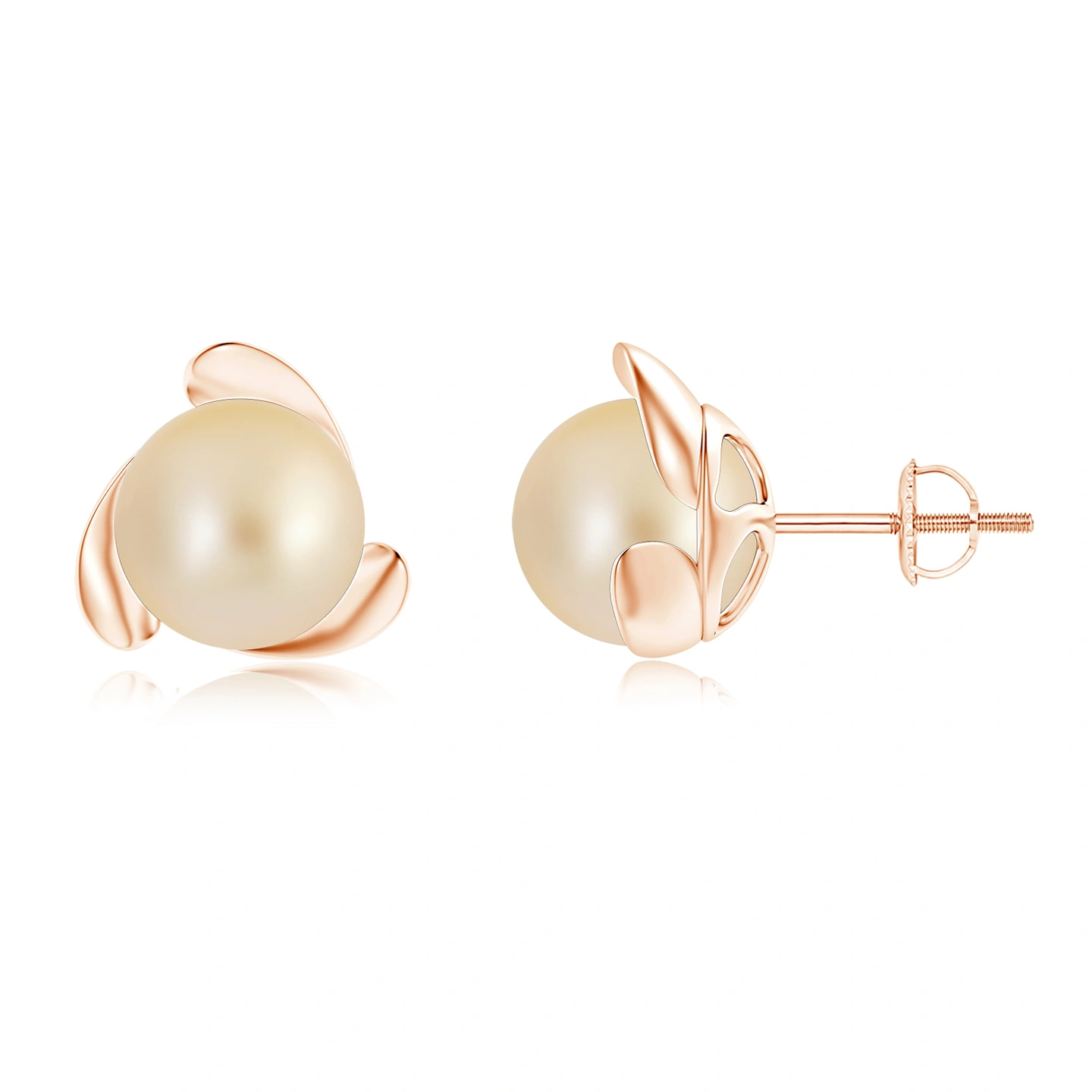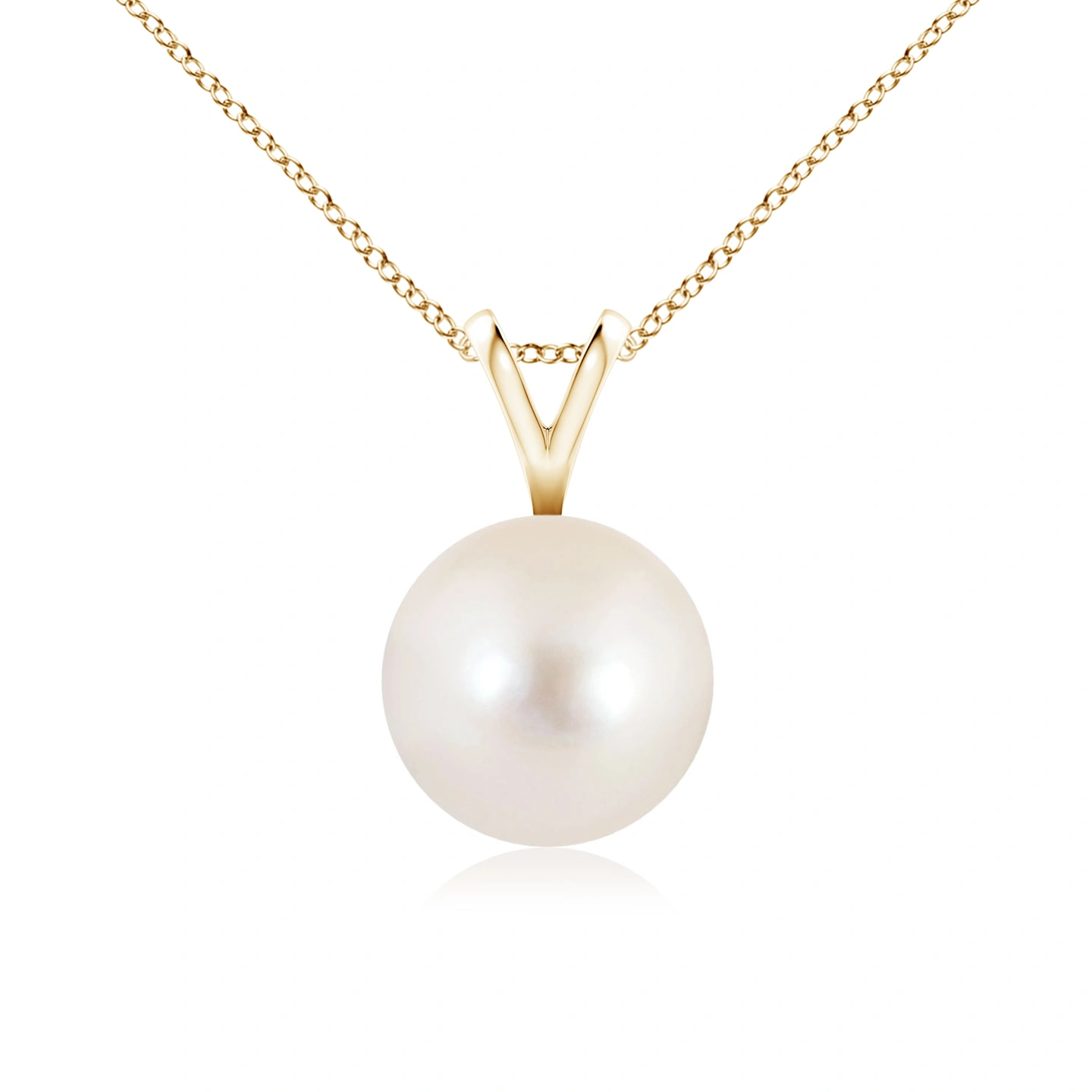Pearls have long captivated with their serene beauty and timeless elegance, making them a treasured choice for jewelry. However, navigating the pearl market can be daunting, especially for those who are unfamiliar with the various types and quality factors.
Learning how to buy pearls is crucial not only for ensuring you get the best value for your investment but also for selecting pieces that truly reflect your personal style and occasion. This guide aims to empower you with the essential knowledge to make informed choices, helping you to discern the nuances of these precious gems and make purchases that you'll cherish for a lifetime.

When learning how to buy pearl jewelry, it's essential to first understand that the majority of pearls available in the market today are cultured pearls. Natural pearls, formed without human intervention, are exceedingly rare and expensive, making them less accessible for everyday purchases.
Cultured pearls, on the other hand, are created with human assistance in pearl farms and are available in a variety of types, each with unique characteristics and origins that define their appeal and value. Here are the 4 main categories of cultured pearls you'll encounter:
Akoya Pearls, originating from Japan, are renowned for their flawless spherical shape and remarkable luster, ranging from 3.0mm to 10.0mm. Cultivated in colder Pacific waters, they exhibit hues of white with hints of rose, silver, or cream, and occasionally blue, gold, or dyed black. Prices range from $200 to $30,000, reflecting quality, size, and design, making them versatile and prized gems.

These are the largest and often considered the most valuable pearls, cultivated in the waters off Australia, Indonesia, and the Philippines. South Sea pearls are highly valued for their size (often 10-17mm), satin luster, and colors, which range from white to gold. Due to their size and rarity, South Sea pearls are typically the most expensive, priced from $600 for earrings to $500,000 for necklaces.

Tahitian Pearls, from French Polynesia, are celebrated for their bold black hues with vibrant overtones, ranging from silver to peacock. Available in sizes from 8.0mm to over 16.0mm, they offer diverse shapes including baroques and perfect rounds. Prices start at $195 for earrings and can reach up to $100,000 for couture pieces, reflecting their exotic elegance and satiny luster.

Freshwater Pearls, originating from China, exhibit a wide range of natural colors and shapes, from tiny seed pearls to sizes up to 12.0mm. Cultivated in freshwater mussels, they boast off-round shapes like ovals and drops, with prices ranging from $100 to $2,000 for traditional strands and higher for rare "Edison" pearls. Their affordability and durability make them popular choices for jewelry.

Now that you understand the types of pearls, several key factors play a critical role in determining their quality, value, and suitability for your needs. Here's what to consider:
Luster is arguably the most important quality of a pearl. It refers to the brilliance and reflectivity of the pearl's surface. A high-quality pearl will have a bright, mirror-like finish that reflects light beautifully. The sharper and clearer the reflection, the higher the luster, and consequently, the value.
The surface of the pearl should be closely inspected. A pearl with a smooth surface free of blemishes, such as pits, cracks, or spots, is considered of higher quality. While completely flawless pearls are rare, the fewer the imperfections, the more valuable the pearl.
Pearls come in various shapes, with perfectly round pearls being the most coveted and typically the most expensive. However, other shapes like oval, teardrop, or unique baroque pearls can also be desirable based on personal taste and the specific design of the jewelry.
Pearls are available in a wide range of colors, from classic white to black, and even pink, blue, or green. The choice of color should match personal preferences as well as skin tone. The color's uniformity and the richness of its overtones also affect the pearl's beauty and value.
The size of pearls is measured in millimeters in diameter. Larger pearls are generally rarer and more valuable, assuming all other qualities are equal. Consider the type of jewelry and the setting when deciding on the size, as larger pearls make a bold statement, while smaller pearls are more subtly elegant.
The thickness of the nacre, the organic substance that makes up the pearl, affects its luster and durability. Thicker nacre means a more beautiful, durable pearl. This is especially important in saltwater pearls, where the nacre can vary significantly.
When buying pearl jewelry with multiple pearls, such as a strand of pearls, consider the uniformity of the pearls. Ideally, the pearls should match in terms of luster, color, shape, and size to create a harmonious appearance.
When considering where to buy pearl earrings, necklaces, or other jewelry, opt for reputable dealers known for their quality and transparency. Good vendors provide detailed information about the pearls, including their type, source, and any treatments they may have undergone. They should also offer a guarantee or return policy, which is a sign of confidence in the quality of their pearls.

For instance, here are some options if you're wondering where to buy real pearl earrings:
In wrapping up, learning how to buy pearls involves understanding its various types and the key factors. By familiarizing yourself with the quality aspects like luster, size, and symmetry, considering your budget, and finding the right vendor, you are well-equipped to make an informed purchase. Whether for a special occasion or as a personal treat, the knowledge you've gained will help you select with confidence and pride, ensuring your pearl jewelry continues to embody elegance for years to come.
The most expensive pearl colors often depend on the type and rarity. In general, natural pearls with rare hues like golden or black are highly sought after and therefore command higher prices. However, within each type of pearl, factors such as size, shape, and overall quality also influence the price.
Several methods can help determine the authenticity of pearls. Real pearls typically have imperfections like tiny blemishes or irregular shapes, while fake pearls may appear too perfect. Additionally, rubbing pearls gently against each other should create a slight abrasion, while imitation pearls will feel smooth. A professional jeweler can also conduct tests like X-rays or a microscope examination to verify authenticity.
The cost of a single pearl can vary greatly depending on factors such as type, size, quality, and origin. In general, the price can range from a few dollars for lower-quality freshwater pearls to thousands of dollars for high-quality, large South Sea or Tahitian pearls. High-end natural pearls can command even higher prices, often reaching into the tens of thousands or more for a single pearl.
Learn how to clean ear piercing safely and effectively. Discover the recommended frequency, step-by-step instructions, and tips for caring for new piercings.
Read MoreDiscover the key differences between moissanite vs diamond with our comparison guide. Learn about each of their qualities and value to make an informed choice.
Read MoreLearn expert tips on how to pack jewelry for moving. Ensure your precious items are safe, organized, and damage-free with our comprehensive guide.
Read MoreLearn how to tell if diamond earrings are real with our expert tips. Get insights into diamond certification and natural vs synthetic differences.
Read More